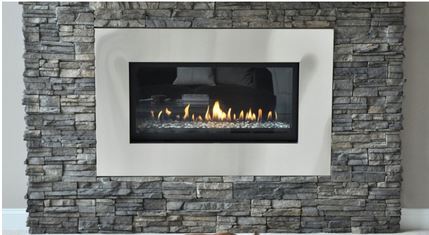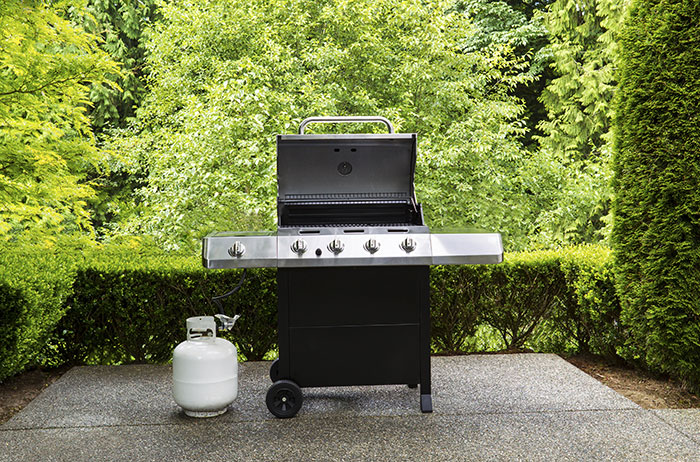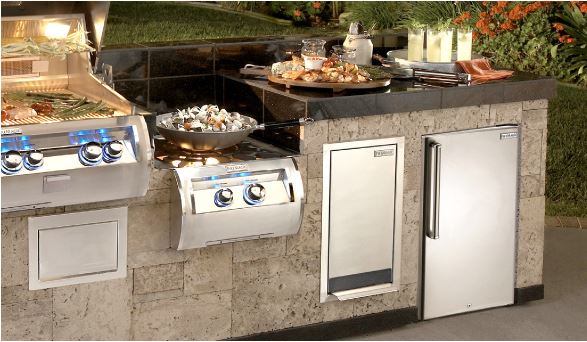
Gas fireplace inserts are a cost-effective and straightforward way to transform a wood-burning fireplace into a gas-burning one. A gas fireplace insert can be used as a heat source to increase the effectiveness of your HVAC system. Many homeowners enjoy the look of real flames without the hassle of moving and stacking firewood or cleaning out a fireplace full of ash.
Uses Existing Wood-Burning Fireplace
Gas fireplace inserts can be used in an existing wood-burning fireplace to make it more efficient or bring it into compliance with current building codes. The insert is smaller than the fireplace opening, and it can be vented using the chimney that’s already in place.
Cost-Efficient
A gas fireplace insert is less expensive to install than a gas fireplace. A gas insert costs between $500 and $3,500, while a gas fireplace can run from $2,650 to $5,800. Natural gas–powered fireplaces are more cost-effective to run than a propane-powered one, depending on geographic location and fuel costs in your area. The cost of running a gas insert per hour is at least 50 percent lower than a wood-burning or propane-burning fireplace. Homeowners in rural areas do not have access to a natural gas line and rely on propane to power a gas fireplace insert.
A traditional wood-burning fireplace is typically drafty and allows a lot of heated air to escape up the chimney. A gas fireplace insert seals off the drafty fireplace and releases all the heat into the room, saving on utility costs.
Convenient
With the flip of a switch, you can enjoy the warmth and the flickering glow of a fire. There is no building a fire and waiting for the fire to build to heat a room. You can enjoy the heat, glow, and look of a fire without the smoke and odor of a wood-burning fire. Gas inserts typically come with a thermostat so you can enjoy the heat with precision control.
Aesthetics
A gas fireplace insert is an attractive way to heat a room. The ambiance of your home will be enhanced by the warm glow of a fire that ignites with a flip of a switch.
Environmentally Friendly
A wood-burning fireplace releases up to 4,000 percent more emissions than a gas-fueled insert. A gas-powered insert has a high energy rating and does not create waste in the form of ash, soot, and creosote—and that’s good for the environment.
Minimal Maintenance
Maintenance is at a minimum for a gas fireplace insert since there are no ashes clean out of the fireplace. Having a gas insert involves an annual checkup to inspect the venting, fan, burner, thermostat, pilot light, and glass.
No Ash or Creosote
Gas fireplace inserts are a good option for those who are sensitive to air pollution or have allergies or other lung diseases. A wood-burning fireplace releases fine particulates into the air that can create health issues and respiratory problems. A gas fireplace insert will eliminate those issues since there is no ash or creosote formed by gas burning. An insert is also a cleaner option since there is no ash or soot to clean out of the fireplace.
Safe Choice
A gas fireplace insert is a safe choice since it can be directly vented outside. If you decide on an unvented insert option, these models come with an oxygen depletion sensor and a safety valve that will turn off the gas before carbon monoxide levels become dangerous in the room.
For more information, contact The Fireplace Shop and Grill Center at West Sport in Sudbury.
bobvila.com



